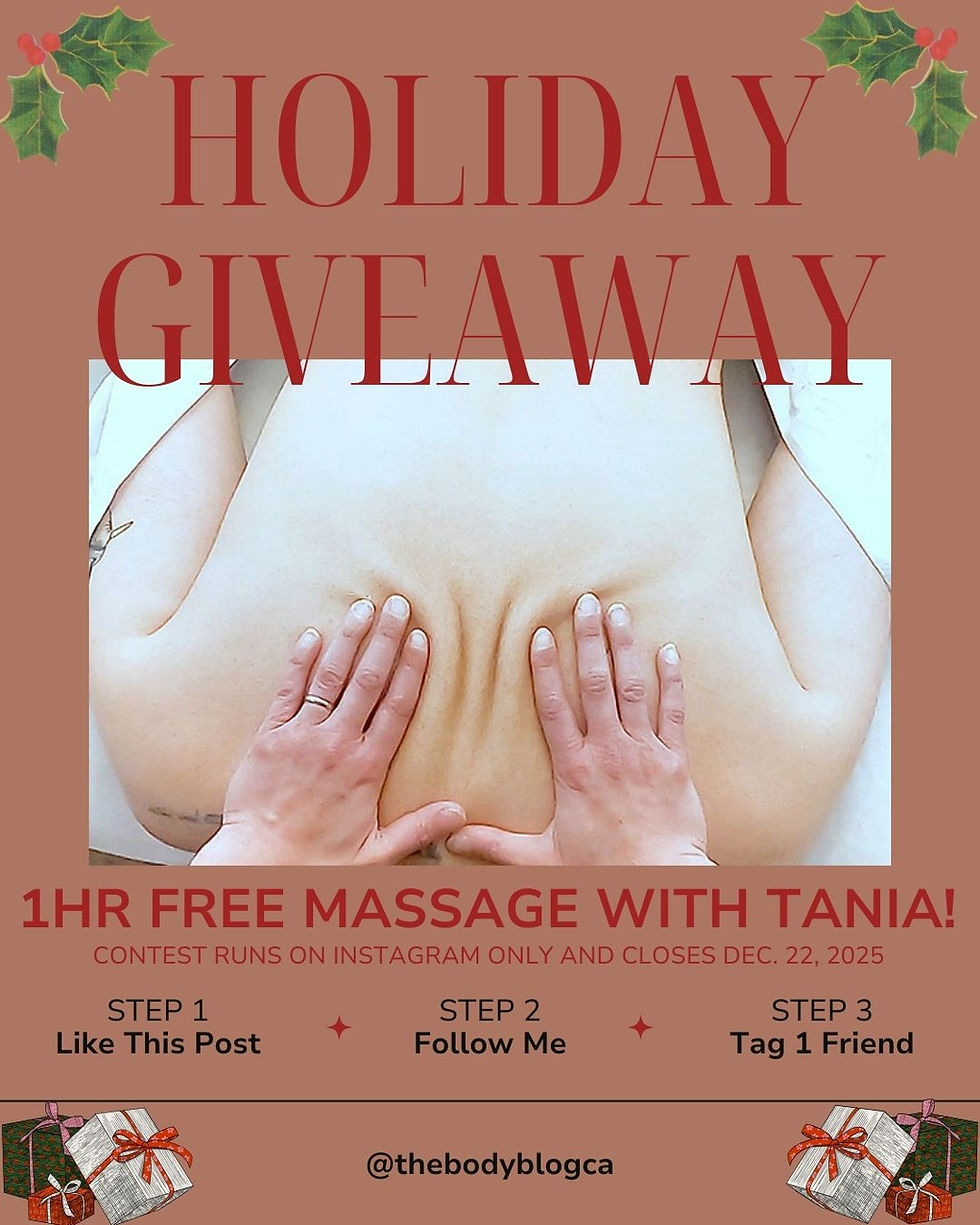3 Easy Steps to Relieve Low Back Pain
- Tania Cucciniello

- Mar 1, 2023
- 3 min read
Millions of people suffer from low back pain (LBP) everyday… 630 million people globally to be exact.

Many back and hip issues are the result of the sacroiliac joint (S.I) being imbalanced or unstable. As soon as the brain receives a signal of instability in the vertebrae, it sends a pain signal and warns the body to stop moving. This is often the case when one blocks in the low back simply when bending down to tie their shoe or pick up a pen.
The position of lumbar spine is often influenced by other structures, like the hips. Keeping the hips balanced and stable helps maintain a more stable lumbar spine. Other structures are involved as well. Let’s work from the ground up, starting with the feet.
3 Easy Steps to Relieve Low Back Pain
Here are 3 things to check for relieving low back pain anytime of day:
Our feet = our foundation. Most people dig into their heels; therefore, try to see if you need to load more weight on the front of the foot. Standing evenly on the 3 main points of the foot uses the tripod of the foot effectively. The 3 mains points are under the balls of the big toe, the little toe, and the heel. To know more on how to use the foot correctly, check out my article: Standing, Walking, and Landing- Proper Foot Function and Gait.
Our knees = the mid-point of the upper and lower leg. My best piece of advice I tell all my clients is to avoid hyperextension in the knees. Locked knees can cause pressure to rise towards the lumbar spine. Bending the knees just slightly releases the hamstrings at their insertions and relieves pressure behind the knees and in the low-back. This is good for long-term knee health in the ligaments, meniscus, and cartilage as well.
Our hips = the connecting point of the low back and lower half of the body. Large muscles, namely the psoas, the iliacus, and the quadratus lumborum all affect the position of the hips. If these hip flexor muscles are tight and weak, they can cause an anterior tilt of the pelvis, and this puts pressure on the low back. Try tucking in the lower abdominals, causing a posterior tilt in the pelvis and see if this relieves pressure in your low back. (As seen in ‘b’ to ‘c’ in the image below, then revert back to neutral as seen in ‘a’).

Furthermore, to help balance the hip flexors and relieve LBP, we can look at strengthening the opposing muscle group, the glutes.
How to?
To strengthen the glutes and relieve LBP, try lying hip abductions. Hip abductions are one of the best exercises for working the gluteus medius, and this is the main muscle we want to target for relieving LBP.
-While lying on one side, you can support your head while lying on your arm or propped up on your hand, which ever is more comfortable for you.
-Keep the top hand on your hip to feel the activation of your gluteus medius if you can, if not support the hand on the ground in front of you.
-Keep the bottom leg straight or slightly bent and raise the top leg straight into the air, away from the body’s mid-line.
-Raise for 10 reps, then alternate to the other leg.
-Do 3 sets on each side, for a total of 30 raises on each leg by the time you’re done.
(This exercise can progress by using ankle weights or resistance bands to increase strength when the bodyweight version becomes easy).

Building the outer hip muscles helps make the hips stronger. When the hips are stronger, this reduces imbalances in the S.I joint mentioned at the beginning of the article. The low back becomes more stable, and finally less pain signals and flare ups occur.
Lastly, another way to make sure the lumbar spine is more stable and experiences less pain, is to stabilize the core... but we’ll talk more about the abdominal wall in my next article.
Stay tuned!




Comments